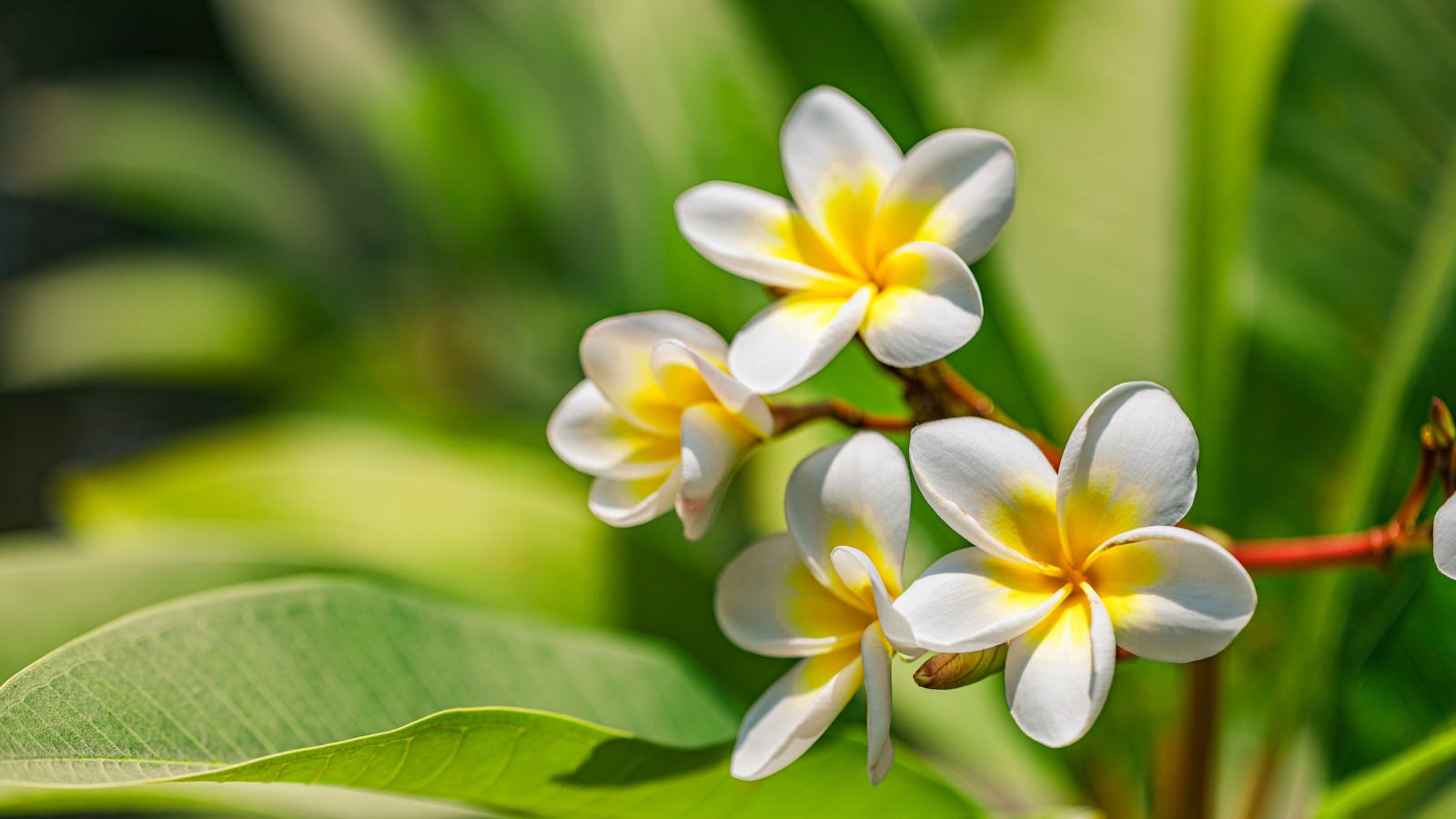
Looking around the yards and parks and the wilder areas of the southern coastal states it’s obvious how the trees and other plants are different from those in, say, the north east. It’s all down to the climate and, in particular, how low the temperature drops in winter – how cold it is and for how long and how deep this cold penetrates the soil.
Although in US hardiness zones 10 to 13, plants can be threatened by conditions that are either too cold or too hot, a huge variety of plants will be happy outside in your yard.
Often, these are plants grown as house plants in colder parts of the country, weeping fig for example, or plants treated as annuals in colder areas, such as petunias. Here, we take an in-depth look at a huge range of trees, shrubs, flowers, and vegetables that will grow well to help you understand how to garden in US hardiness zones 10-13.
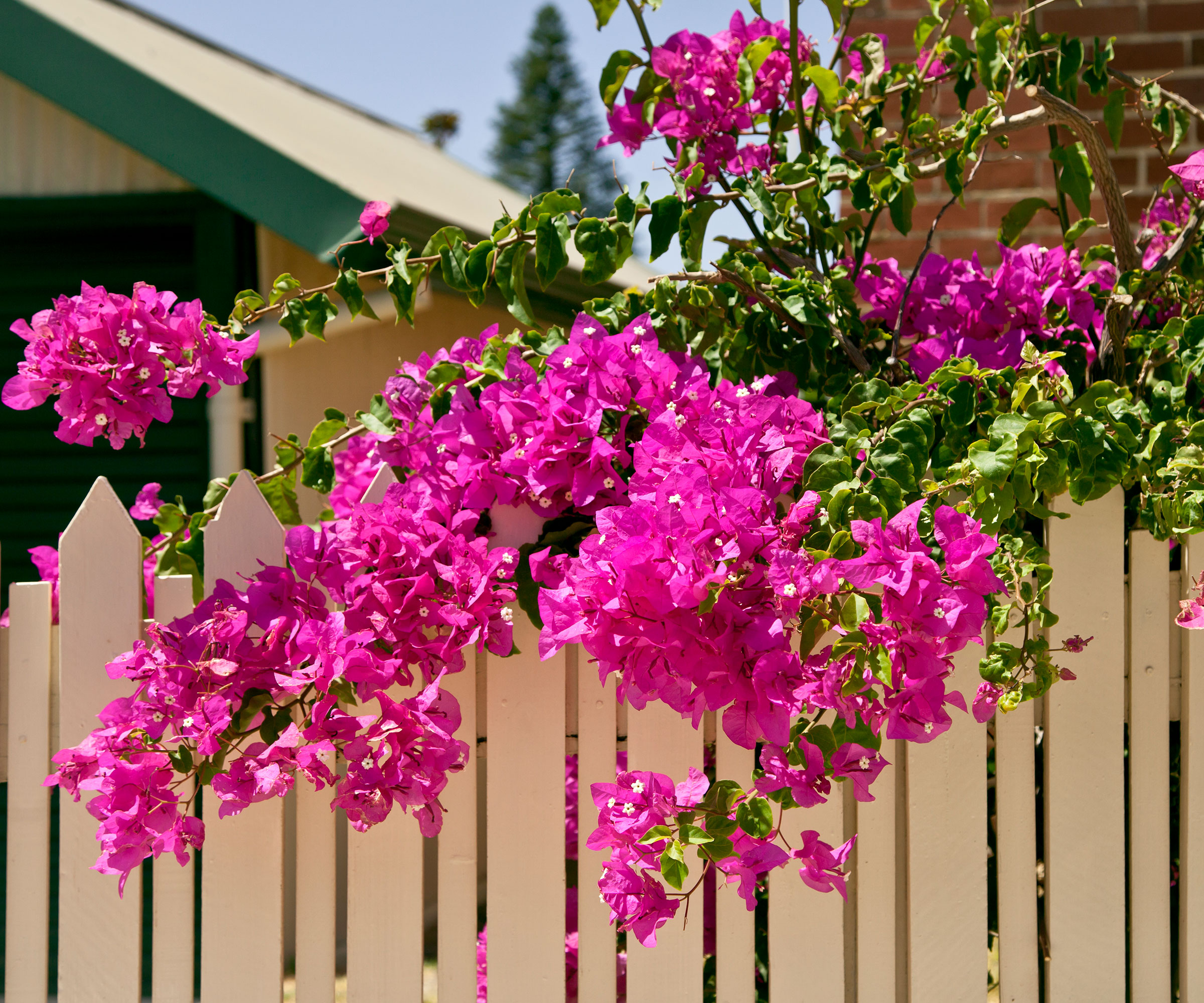
About hardiness zones
The United States Department of Agriculture has collated data from weather stations across the country and used it to divide the country into 13 zones where the lowest winter temperatures are similar. These zones, each covering 10F, are displayed on a plant hardiness color map to make it easy to check the zone for your area.
Zone 1 is the coldest zone, where very few plants of any kind grow, zone 13 is the hottest. In zone 1 conditions are too cold to allow much plant life, in zone 13 the situation is similar for the opposite reason – too hot.
Plants have been classified using the same system and, on plant tags, in printed and online catalogs, and in books and magazines, you’ll find that each plant comes with its own hardiness rating. All you need to do is match the plant’s hardiness rating to your zone.
In the hottest zones it’s partly a matter of winter temperatures, but summer temperatures can also be too hot for some plants so, sometimes, a range of ratings are given – Z9-11, means that the plant will not grow well in zones colder than zone 9 or warmer than zone 11.
Choosing plants for Zone 10
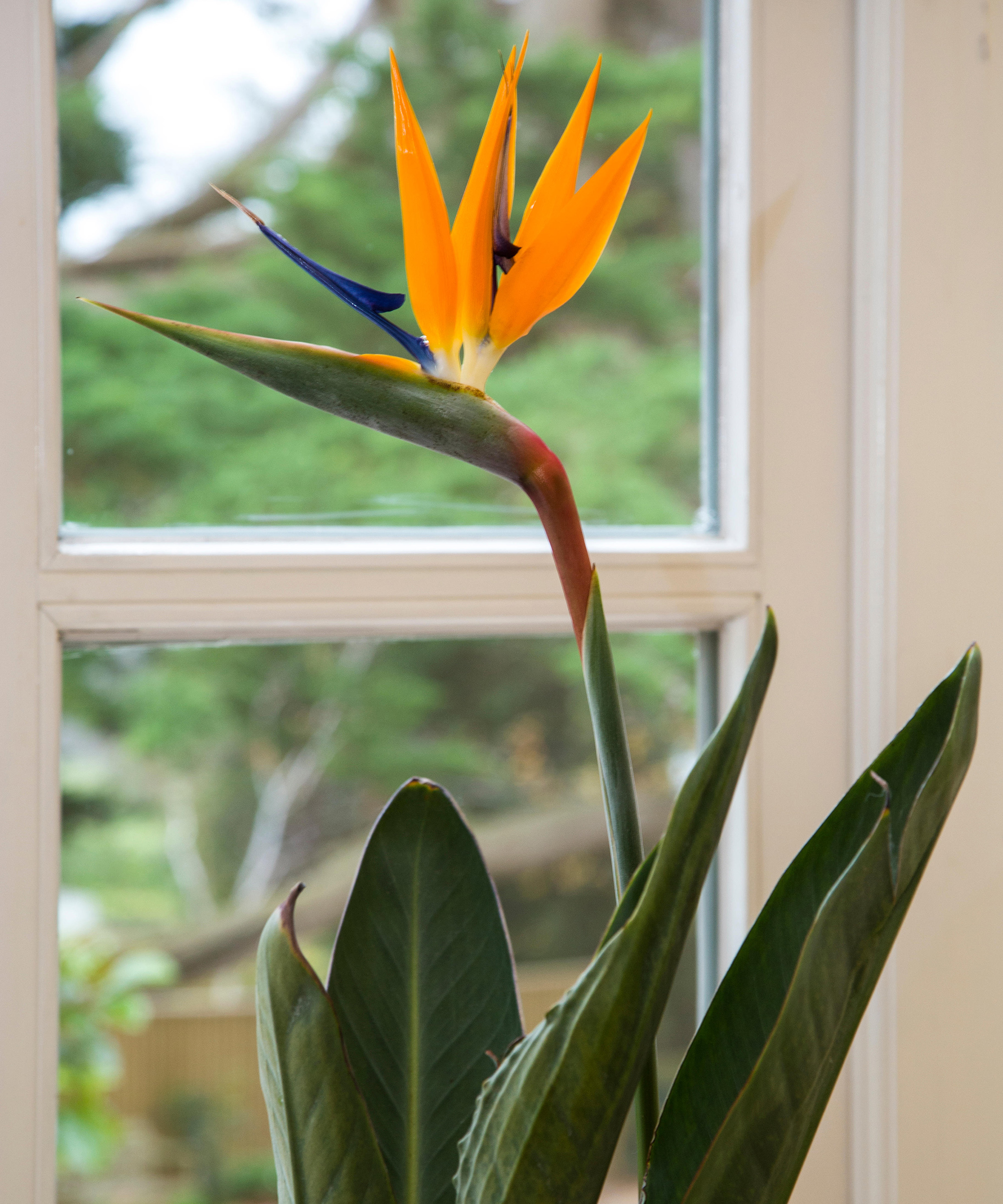
Most trees and shrubs for these warmer zones are evergreens, some flower for long periods and while some are suited to high rainfall and moist conditions, other prefer good drainage and plenty of sun.
The lowest winter temperatures in zone 10 are between 30F and 40F, in zone 11 are 40F to 50F and zone 12 are 50F to 60F. Only a few tiny areas in Hawaii are rated as zone 13, above 60F.
As always, it can be worth trying plants rated a zone on either side of your own, if the conditions in your yard are favorable you may get lucky.
Evergreen trees
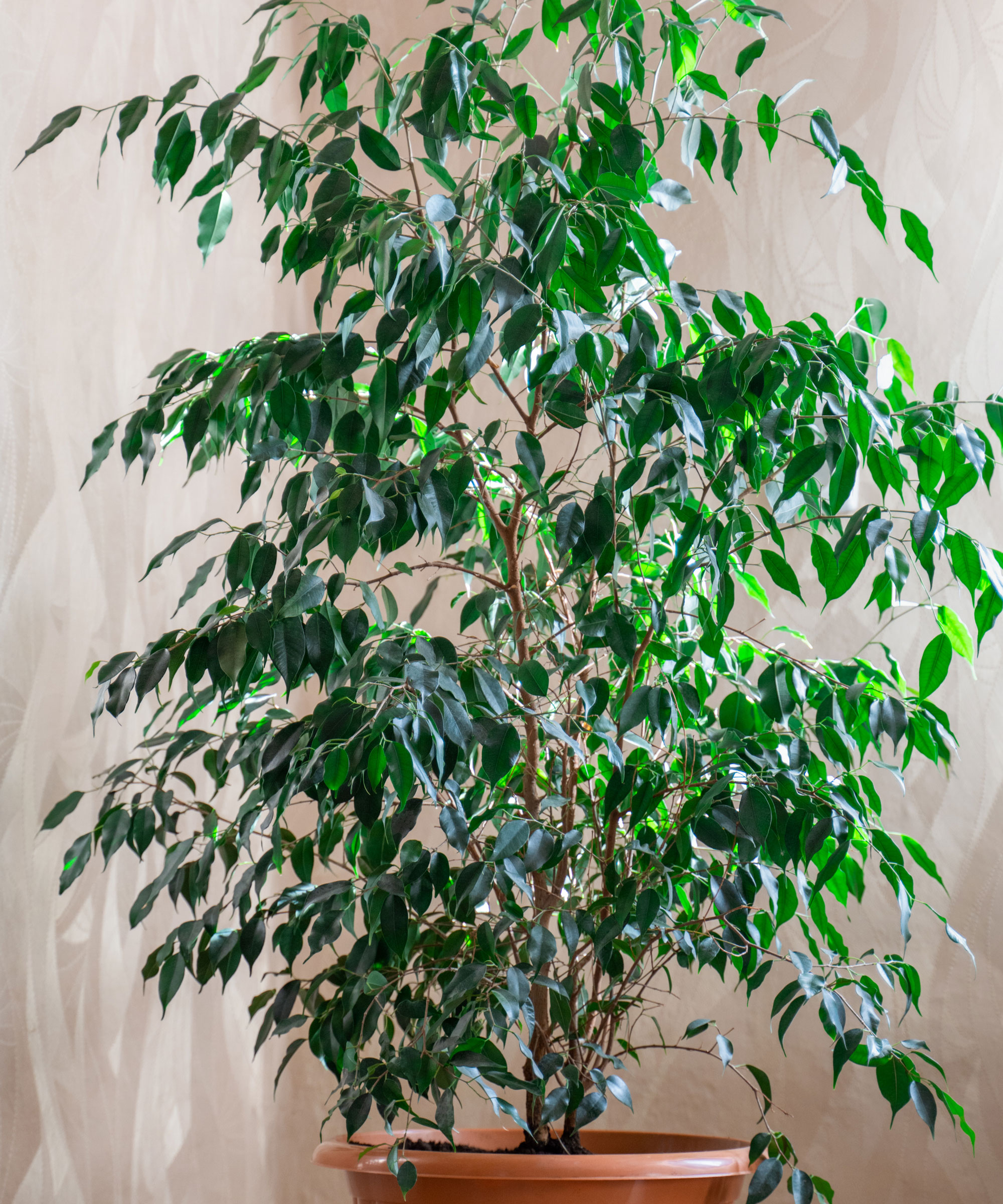
Coconut palm (Cocos nucifera) Symbolic of the tropics with the familiar fruits carried on a crown of foliage at the top of a tall, slender trunk. Needs full sun. Zone 11.
Royal Poinciana (Delonix regia) Clusters of red or orange, slightly orchid-like, late spring and summer flowers are set against delicate fern-like foliage. Zone 11.
Weeping fig (Ficus benjamina) Elegant, small-leaved tree eventually making a large tree. Do not plant near houses. Zone 10.
Also try: Norfolk Island Pine (Araucaria heterophylla), Eucalyptus (Eucalyptus species), southern yew (Podocarpus macrophyllus). You can find a range of eucalyptus trees available at Fast Growing Trees.
Shrubs

Angel’s trumpet (Brugmansia x candida) Single or double, heavily scented pendulous trumpets come in many soft pastel shades in summer and fall. Can be trained as a small tree or as a bushy shrub. Zone 11.
Croton (Codiaeum variegatum) Spectacular multicolored foliage plants with shining, leathery leaves in a wide range of leaf shapes and patterns. Takes sun, but hates drought. Zone 10.
Oleander (Nerium oleander) This adaptable shrub or small tree has clusters of summer flowers in a wide range of red and pink shades, plus white, and grows almost anywhere in full sun. Zone 10.
Also try: Ti plant (Cordyline fruticosa), Frangipani (Plumeria species), Chinese hibiscus (Hibiscus rosa-sinensis).
Vines

Bougainvillea (Bougainvillea glabra) This vigorous, thorny scrambler has colorful clusters of papery summer flowers in red, pink, white and many other shades. Do not fertilize! Prune (carefully) when necessary. Zone 10.
Moonflower (Ipomoea alba) Heavily scented, pure white, flared flowers open in the evening and close in the morning. Zone 10.
Mandevilla (Mandevilla splendens) Slightly twisted, almost flat-faced flowers mainly in reds, pinks and white open from late spring to fall on dependable plants. Wear gloves when pruning to avoid sap contact. Every southern home should have one. Zone 10.
Also try: Lablab bean (Lablab purpureus), Cup and saucer vine (Cobaea scandens), Bridal flower (Stephanotis floribunda).
Ground covers

Ice plant (Dorotheanthus) Low and spreading, ideal in dry soil in full sun, bright flowers like daisy lookalikes face upwards above succulent leaves. Zone 10.
Coleus (Coleus) Spectacular foliage plants for sun or shade, in a surprising range of colors and color combinations. Check tags for low, spreading varieties. Zone 10.
Fan flower (Scaevola) Pretty fingered flowers in blues, pink and white creep steadily, rooting as they go. Popular as an annual in colder zones. Zone 10.
Also try: Silver falls (Dicondra), Mondo grass (Ophiopogon), Star jasmine (Trachelospermum jasminoides). You can find star jasmine available at Nature Hills.
Shade perennials

Bromeliads (Many types) Start with aechmeas, neoregelias or porteas. Check the needs of each before buying. Some are best grown attached to tree branches. Zone 10.
Taro (Colocasia), Orchids (Many types) Many are easy to grow and adaptable new varieties are constantly appearing. Start with dendrobiums, oncidiums, or phalaenopsis. Check the requirements of each before buying. Zone 10.
Bird of paradise (Strelitzia) Exotic orange and yellow flowers like tropical birds are held just above dramatic foliage. Benefits from an occasional tidy-up as the leaves become ragged. Zone 10.
Also try: Elephant’s ear (Alocasia), Foliage begonia (Begonia), Coleus (Coleus).
Sun perennials

Mangave (Agave) Succulent rosettes, prettily patterned and shaped, stand out dramatically against gravel and those in the Mangave Series always remain neat enough for small yards. Zone 10.
Aloe (Aloe) Upright stems emerge from rosettes of fleshy foliage and are topped with spikes of tubular flowers in orange and yellow shades. Many types in addition to the familiar Aloe vera. Zone 9.
Banana (Ensete) Very large paddle-like leave, tinted deep red in the best varieties, quickly make a bold focal point. Prefers shelter from strong winds. Zone 9.
Also try: Echeveria (Echeveria), Lobster claw (Heliconia), Tuberose (Polianthes).
Bulbs

Elephant’s ears (Alocasia) Huge leaves like monster arrowheads boldly patterned and often with brightly silvered veins quickly mature into impressive specimens. Zone 9.
Angel Wings (Caladium) Compact clumps of unmistakably patterned leaves in combinations of green, silver and red light up the summer garden. Hates chills. Zone 10.
Glory lily (Gloriosa) A climbing lily – yes, really – with tendrils at the tips of its leaves and distinctive red-and-yellow flowers or, sometimes, in bright red or bright yellow. Zone 10.
Also try: Begonia (Begonia), Taro (Colocasia), Amaryllis (Hippeastrum)
Native shrubs

Passionflower (Passiflora incarnata) Very vigorous vine, clinging by tendrils, with astonishingly detailed flowers in lavender and white. Zone 10.
Saw palmetto (Serenoa repens) A valuable low palm with fronds split into up to thirty slender divisions, spreading steadily. Happy in shade. Zone 9.
Desert mallow (Sphaeralcea ambigua) A small shrub with grayish leaves and orange or apricot-colored flowers topping the upright shoots. Best in dry soil, in sun. Zone 10.
Also try: Gumbo Limbo (Bursera simaruba), Lemonade Berry (Rhus integrifolia), Scarlet sage (Salvia coccinea).
Native annuals and perennials

Century plant (Agave) Superb, succulent rosettes with juicy foliage in grays, blues, crimsons and a quickly increasing range of leaf shapes and patterns. Can mature into impressive specimens. Zone 10
California poppy (Eschscholtzia) Sun loving annuals with prettily cut, sometimes silvered, foliage and bright, upward facing flowers in both fiery and pastel shades. Zone 8. You can find California poppy seeds at True Leaf Market.
Blue porterweed (Stachytarpheta jamaicensis) Well known for its appeal to butterflies, its pretty blue flowers only open for a day but more flower buds keep opening. Zone 10.
Also try: Bromeliads (Bromeliad family), St. Andrew’s cross (Hypericum hypericoides), Yellow trumpet flower (Tecoma stans).
Annuals
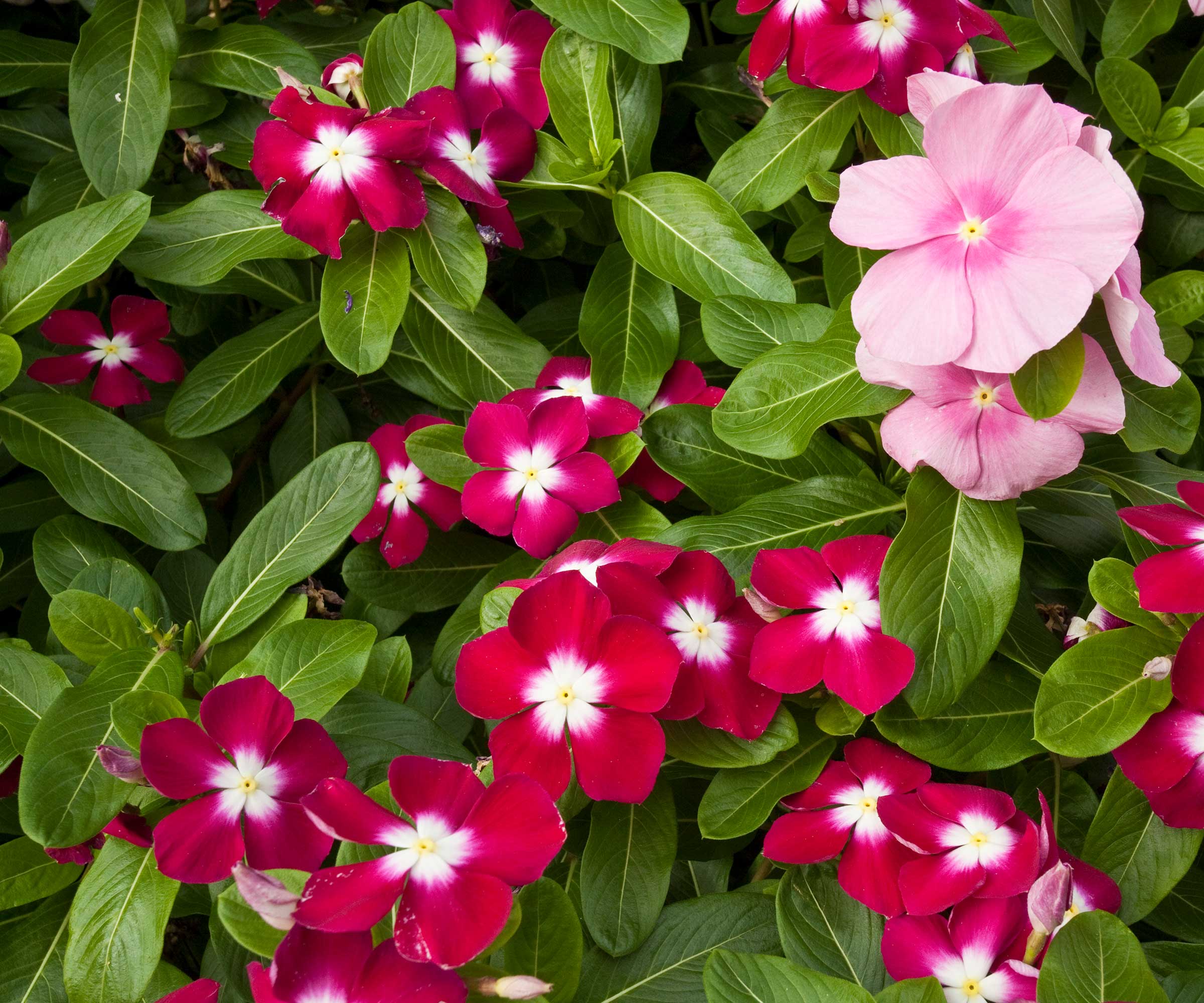
Impatiens (Impatiens) From the many colors of Impatiens walleriana to New Guinea types with their lustrous foliage, beware of others that may spread too rapidly. Keep moist. Zone 11.
African daisy (Gazania) Large daisy-like flowers in mainly fiery shades are set against slender dark green or gray foliage. Best in dry conditions. Zone 10.
Petunia (Petunia) Prolific, long-flowering and dependably colorful, some now feature extraordinary bicolored patterns. Zone 11.
Also try: Million bells (Calibrachoa), Coleus (Coleus), Star of the Veldt (Osteospermum).
Vegetables
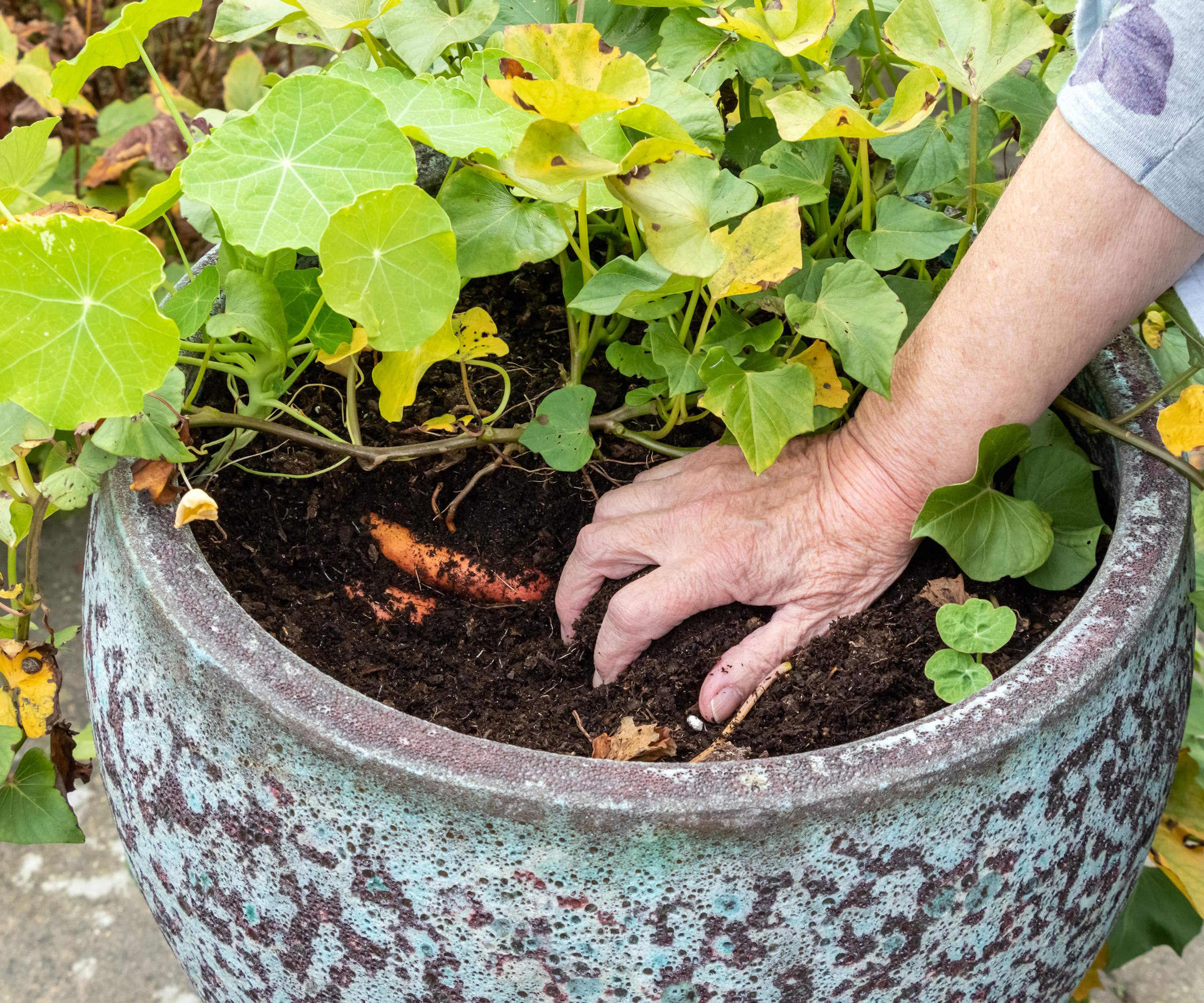
Lettuce Grow as a cut-and-come-again crop, harvested by snipping with scissors and leaving to shoot again. Zone 10.
Sweet potato Easy to grow, although the leafy vines occupy a great deal of space. The roots keep for many months after harvest, some even have attractive, colorful foliage. Zone 10.
Squashes Including summer squashes such zucchini, pattypan, crookneck and luffa, all of which are harvested when small and with the skin soft and tasty - plus pumpkins. Zone 10.
Also try: Chilies, cucumbers and eggplant.
Fruits
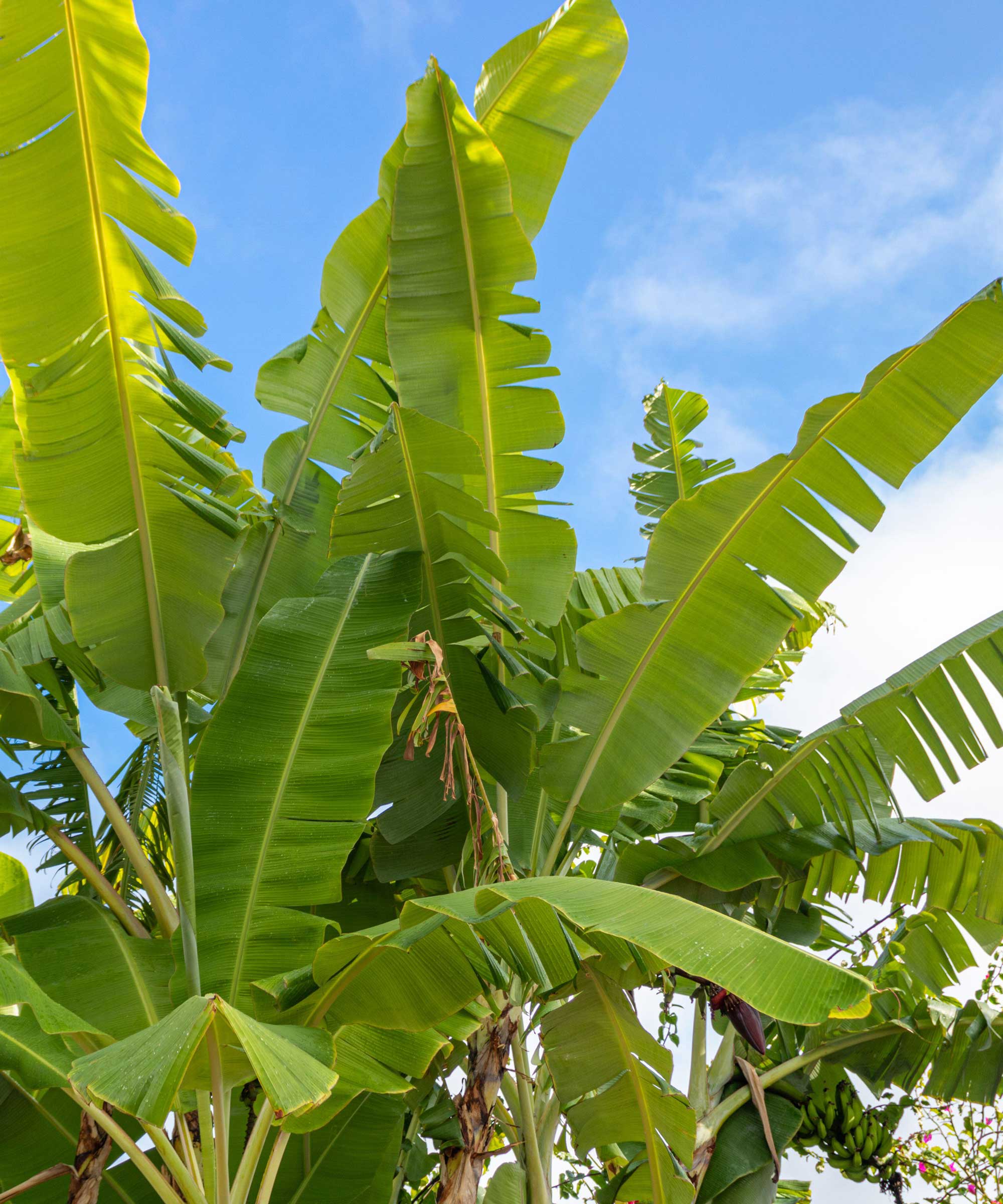
Bananas Crop heavily once established, best in a sheltered site where the huge leaves are protected from storms. The variety ‘Cavendish Dwarf’ is ideal in tight spaces. Zone 10.
Dragon Fruit A little like a kiwi fruit but, in fact, this is the fruit of a cactus – but unlike most cacti it dislikes a dry site. High in nutrients and low in calories. Zone 10.
Papaya With fruits rather like a mango, and attached directly to the trunk, you need a bisexual plant, or both a male and a female. Zone 10.
Also try: Custard apple, mango and pineapple.
You can discover more tropical garden ideas and inspiration for tropical plants in our dedicated guides.







